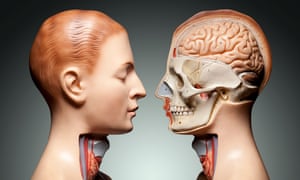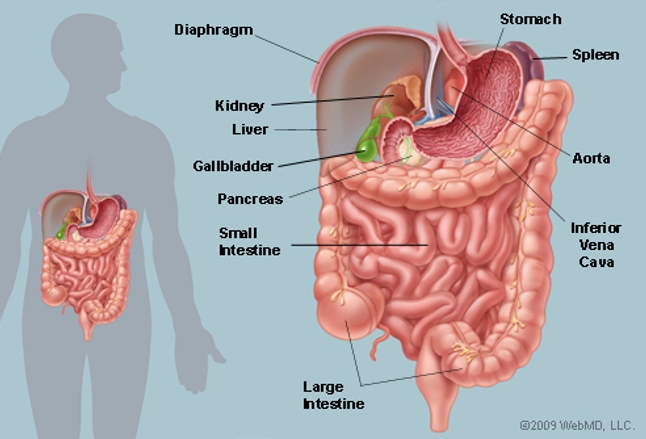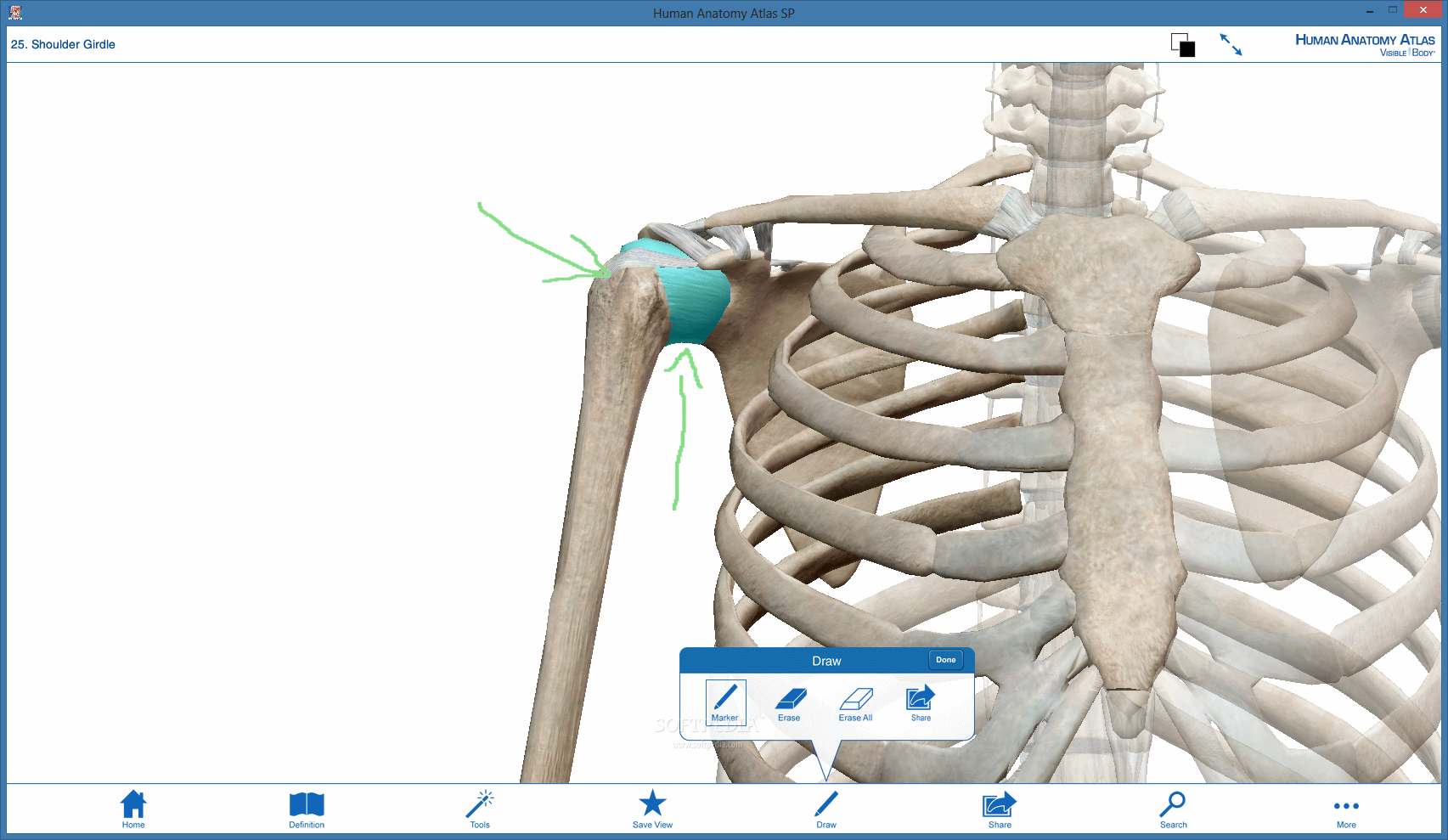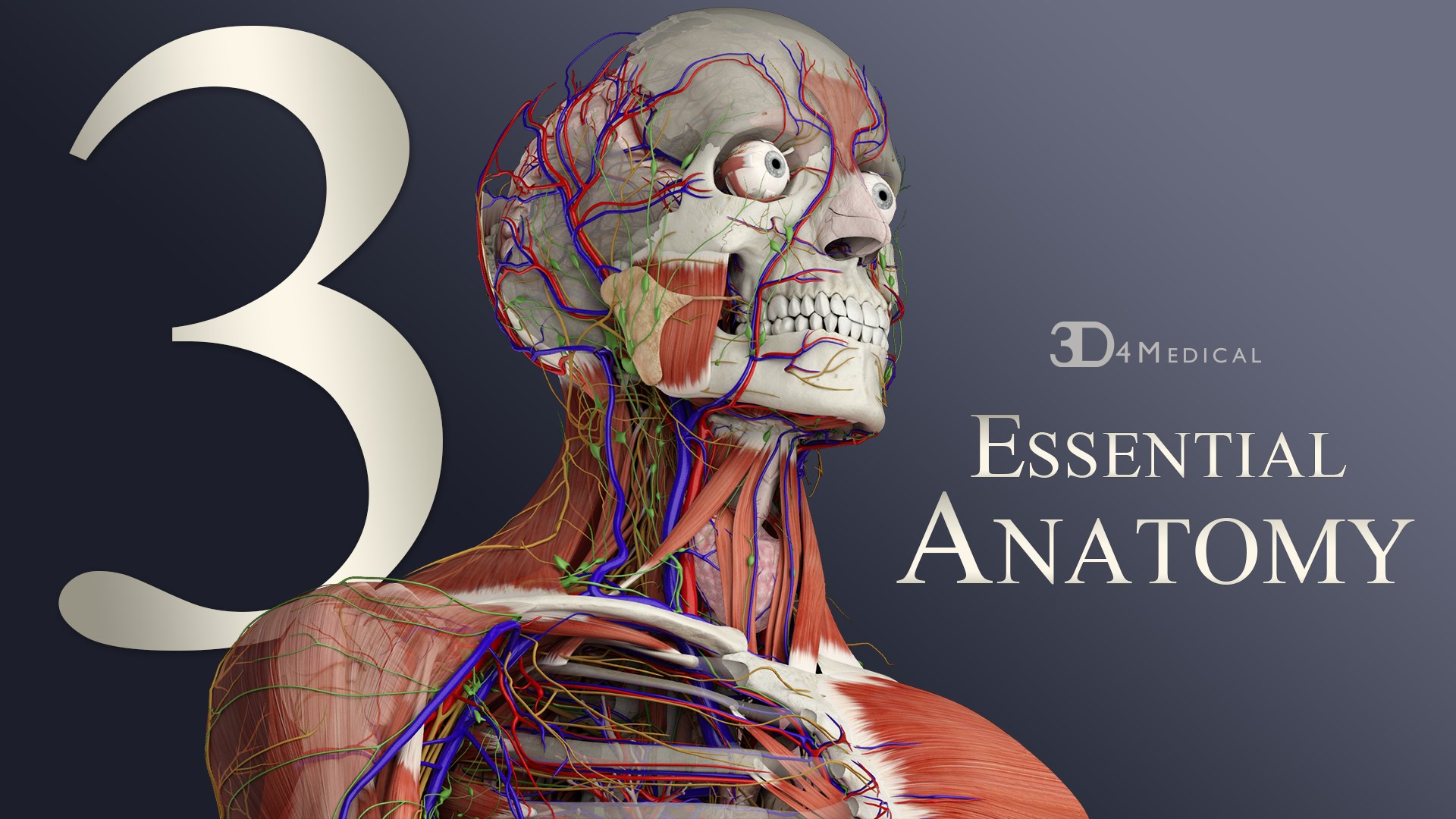Anatomy
- Human Body Diagram
- Grey's Anatomy
- Anatomy Definition
- Anatomy Scan
- Anatomy And Physiology
- Internal Organs Diagram
- Anatomy is the science that studies the structure of the body. On this page, you'll find links to descriptions and pictures of the human body's parts and organ systems from head to toe.
- Welcome to Innerbody.com, a free educational resource for learning about human anatomy and physiology. Explore the anatomy systems of the human body!
- Human body, the physical substance of the human organism, composed of living cells and extracellular materials and organized into tissues, organs, and systems. Human body; human anatomy Vintage anatomy charts of the human body showing the skeletal and muscle systems.
- Increase your knowledge of how the human body works with our Innerbody Explorer tool. Featuring over 1,000 interactive maps along with expert explanations, Innerbody Explorer helps patients and students visualize human anatomy like never before.
Aug 20, 2020 Anatomy is the science that studies the structure of the body. On this page, you'll find links to descriptions and pictures of the human body's parts and organ systems from head to toe.
Our editors will review what you’ve submitted and determine whether to revise the article.
Join Britannica's Publishing Partner Program and our community of experts to gain a global audience for your work!Human body, the physical substance of the human organism, composed of living cells and extracellular materials and organized into tissues, organs, and systems.
Human anatomy and physiology are treated in many different articles. For detailed discussions of specific tissues, organs, and systems, seehuman blood; cardiovascular system; digestive system, human; endocrine system, human; renal system; skin; human muscle system; nervous system; reproductive system, human; respiration, human; sensory reception, human; skeletal system, human. For a description of how the body develops, from conception through old age, seeaging; growth; prenatal development; human development.
For detailed coverage of the body’s biochemical constituents, seeprotein; carbohydrate; lipid; nucleic acid; vitamin; and hormone. For information on the structure and function of the cells that constitute the body, seecell.
Human Body Diagram
Many entries describe the body’s major structures. For example, seeabdominal cavity; adrenal gland; aorta; bone; brain; ear; eye; heart; kidney; large intestine; lung; nose; ovary; pancreas; pituitary gland; small intestine; spinal cord; spleen; stomach; testis; thymus; thyroid gland; tooth; uterus; vertebral column.
Humans are, of course, animals—more particularly, members of the order Primates in the subphylum Vertebrata of the phylum Chordata. Like all chordates, the human animal has a bilaterally symmetrical body that is characterized at some point during its development by a dorsal supporting rod (the notochord), gill slits in the region of the pharynx, and a hollow dorsal nerve cord. Of these features, the first two are present only during the embryonic stage in the human; the notochord is replaced by the vertebral column, and the pharyngeal gill slits are lost completely. The dorsal nerve cord is the spinal cord in humans; it remains throughout life.
Characteristic of the vertebrate form, the human body has an internal skeleton that includes a backbone of vertebrae. Typical of mammalian structure, the human body shows such characteristics as hair, mammary glands, and highly developed sense organs.
Beyond these similarities, however, lie some profound differences. Among the mammals, only humans have a predominantly two-legged (bipedal) posture, a fact that has greatly modified the general mammalian body plan. (Even the kangaroo, which hops on two legs when moving rapidly, walks on four legs and uses its tail as a “third leg” when standing.) Moreover, the human brain, particularly the neocortex, is far and away the most highly developed in the animal kingdom. As intelligent as are many other mammals—such as chimpanzees and dolphins—none have achieved the intellectual status of the human species.
Chemical composition of the body
Chemically, the human body consists mainly of water and of organic compounds—i.e., lipids, proteins, carbohydrates, and nucleic acids. Water is found in the extracellular fluids of the body (the blood plasma, the lymph, and the interstitial fluid) and within the cells themselves. It serves as a solvent without which the chemistry of life could not take place. The human body is about 60 percent water by weight.
Lipids—chiefly fats, phospholipids, and steroids—are major structural components of the human body. Fats provide an energy reserve for the body, and fat pads also serve as insulation and shock absorbers. Phospholipids and the steroid compoundcholesterol are major components of the membrane that surrounds each cell.
Proteins also serve as a major structural component of the body. Like lipids, proteins are an important constituent of the cell membrane. In addition, such extracellular materials as hair and nails are composed of protein. So also is collagen, the fibrous, elastic material that makes up much of the body’s skin, bones, tendons, and ligaments. Proteins also perform numerous functional roles in the body. Particularly important are cellular proteins called enzymes, which catalyze the chemical reactions necessary for life.
Carbohydrates are present in the human body largely as fuels, either as simple sugars circulating through the bloodstream or as glycogen, a storage compound found in the liver and the muscles. Small amounts of carbohydrates also occur in cell membranes, but, in contrast to plants and many invertebrate animals, humans have little structural carbohydrate in their bodies.
Nucleic acids make up the genetic materials of the body. Deoxyribonucleic acid (DNA) carries the body’s hereditary master code, the instructions according to which each cell operates. It is DNA, passed from parents to offspring, that dictates the inherited characteristics of each individual human. Ribonucleic acid (RNA), of which there are several types, helps carry out the instructions encoded in the DNA.
Along with water and organic compounds, the body’s constituents include various inorganic minerals. Chief among these are calcium, phosphorus, sodium, magnesium, and iron. Calcium and phosphorus, combined as calcium-phosphate crystals, form a large part of the body’s bones. Calcium is also present as ions in the blood and interstitial fluid, as is sodium. Ions of phosphorus, potassium, and magnesium, on the other hand, are abundant within the intercellular fluid. All of these ions play vital roles in the body’s metabolic processes. Iron is present mainly as part of hemoglobin, the oxygen-carrying pigment of the red blood cells. Other mineral constituents of the body, found in minute but necessary concentrations, include cobalt, copper, iodine, manganese, and zinc.
Organization of the body
The cell is the basic living unit of the human body—indeed, of all organisms. The human body consists of trillions of cells, each capable of growth, metabolism, response to stimuli, and, with some exceptions, reproduction. Although there are some 200 different types of cells in the body, these can be grouped into four basic classes. These four basic cell types, together with their extracellular materials, form the fundamental tissues of the human body: (1) epithelial tissues, which cover the body’s surface and line the internal organs, body cavities, and passageways; (2) muscle tissues, which are capable of contraction and form the body’s musculature; (3) nerve tissues, which conduct electrical impulses and make up the nervous system; and (4) connective tissues, which are composed of widely spaced cells and large amounts of intercellular matrix and which bind together various body structures. (Bone and blood are considered specialized connective tissues, in which the intercellular matrix is, respectively, hard and liquid.)
The next level of organization in the body is that of the organ. An organ is a group of tissues that constitutes a distinct structural and functional unit. Thus, the heart is an organ composed of all four tissues, whose function is to pump blood throughout the body. Of course, the heart does not function in isolation; it is part of a system composed of blood and blood vessels as well. The highest level of body organization, then, is that of the organ system.
The body includes nine major organ systems, each composed of various organs and tissues that work together as a functional unit. The chief constituents and prime functions of each system are summarized below. (1) The integumentary system, composed of the skin and associated structures, protects the body from invasion by harmful microorganisms and chemicals; it also prevents water loss from the body. (2) The musculoskeletal system (also referred to separately as the muscle system and the skeletal system), composed of the skeletal muscles and bones (with about 206 of the latter in adults), moves the body and protectively houses its internal organs. (3) The respiratory system, composed of the breathing passages, lungs, and muscles of respiration, obtains from the air the oxygen necessary for cellular metabolism; it also returns to the air the carbon dioxide that forms as a waste product of such metabolism. (4) The circulatory system, composed of the heart, blood, and blood vessels, circulates a transport fluid throughout the body, providing the cells with a steady supply of oxygen and nutrients and carrying away waste products such as carbon dioxide and toxic nitrogen compounds. (5) The digestive system, composed of the mouth, esophagus, stomach, and intestines, breaks down food into usable substances (nutrients), which are then absorbed from the blood or lymph; this system also eliminates the unusable or excess portion of the food as fecal matter. (6) The excretory system, composed of the kidneys, ureters, urinary bladder, and urethra, removes toxic nitrogen compounds and other wastes from the blood. (7) The nervous system, composed of the sensory organs, brain, spinal cord, and nerves, transmits, integrates, and analyzes sensory information and carries impulses to effect the appropriate muscular or glandular responses. (8) The endocrine system, composed of the hormone-secreting glands and tissues, provides a chemical communications network for coordinating various body processes. (9) The reproductive system, composed of the male or female sex organs, enables reproduction and thereby ensures the continuation of the species.
- key people
- related topics
- The human femur can support a weight thirty times that of the human body, making it even stronger than steel.
- The evolution of the human eyebrows is believed to have prevented the influx of sweat into the eyes.
- Chronic stress produces high levels of cortisol, which may cause damage to the hippocampus in the brain, leading to memory loss.
- An increase in the volume of background noise has been correlated with the perception of food as less sweet or less salty.
- The human nervous system can relay electrochemical messages at a rate of 249 mph (400 km/hr).
Apps conceived and designed to provide an innovative way to study human anatomy
ANATOMY 3D ATLAS
ANATOMY 3D ATLAS allows you to study human anatomy in an easy and interactive way. Through a simple and intuitive interface it is possible to observe every anatomical structure from any angle. Highly detailed 3D models, with textures up to 4k resolution, enable to examine the shape of each structure of the human body with great depth.
Systems: Musculoskeletal, Cardiovascular, Nervous, Respiratory, Digestive, Urogenital (male and female), Endocrine, Lymphatic, Eye and ear.
This application is aimed at medical students, doctors, physiotherapists, paramedics, nurses, athletic trainers and in general anyone interested in deepening their knowledge of human anatomy.
This app is a fantastic tool to complement classic human anatomy books.

TRY THE APP
This app is freely downloadable, however an in-app purchase is required to unlock all the contents. Some of the contents are always freely accessible enabling you to try the app properly.
macOS
Windows 10

VIDEO TUTORIAL
3D NAVIGATION


MUSCLE DESCRIPTION
Grey's Anatomy
Muscle names (in 11 languages) and info about origin, insertion, innervation and action of each muscle (only in english)
Anatomy Definition
PINS
Show or hide all pins
Touch/Click a pin to visualize the relative anatomical terms
HIDE
Anatomy Scan
BACK
Go back to previous view
(after an anatomical part has been isolated)
Anatomy And Physiology
MUSCLE LAYERS

Go through muscle layers
Muscles are grouped into layers frome the most superficial to the deepest. Choose to visualize the layers in single or multi mode.
CENTER VIEW
Frame the view on the selected model and move center of rotation on it
Internal Organs Diagram
11 LANGUAGES
User Interface and anatomical terms in 11 languages
